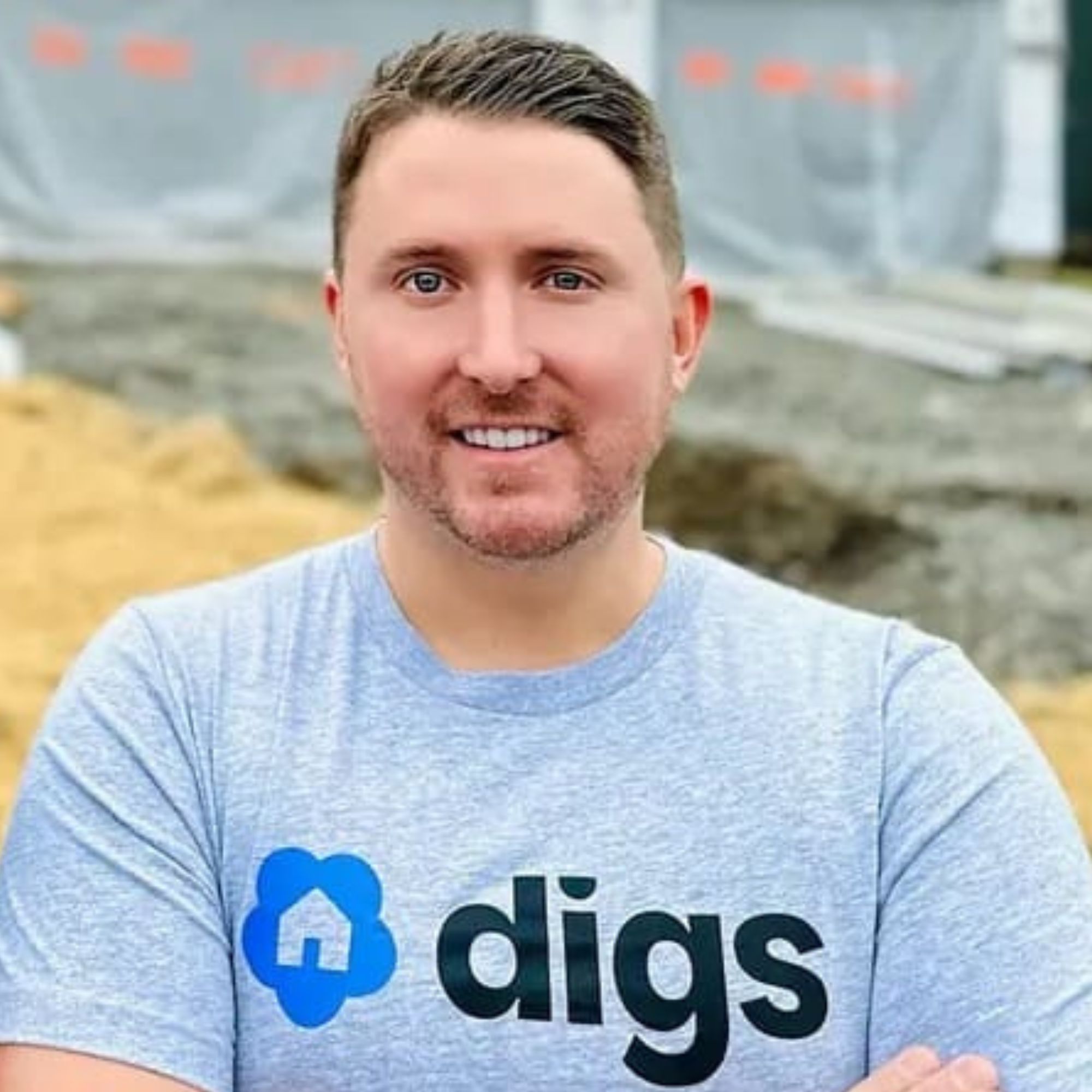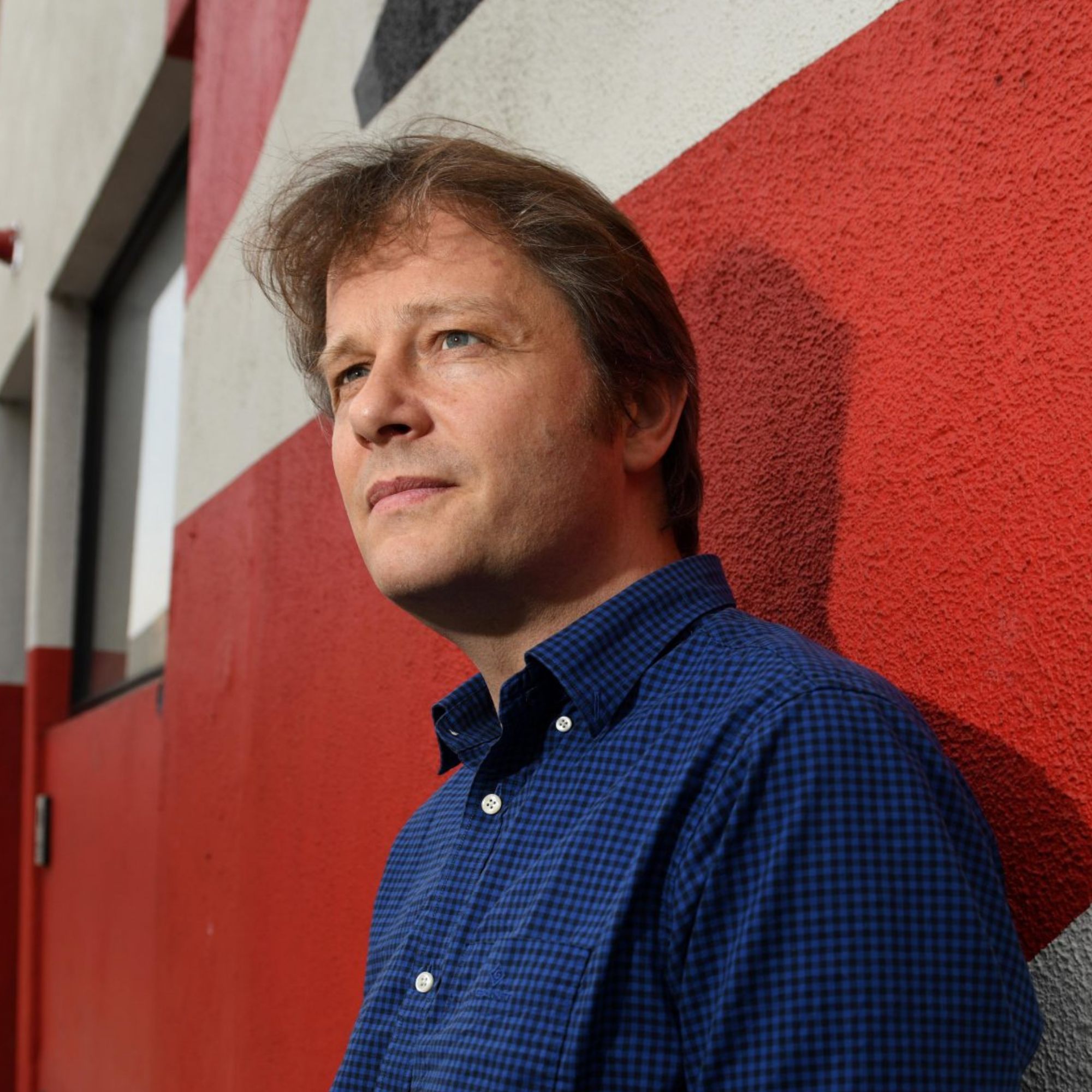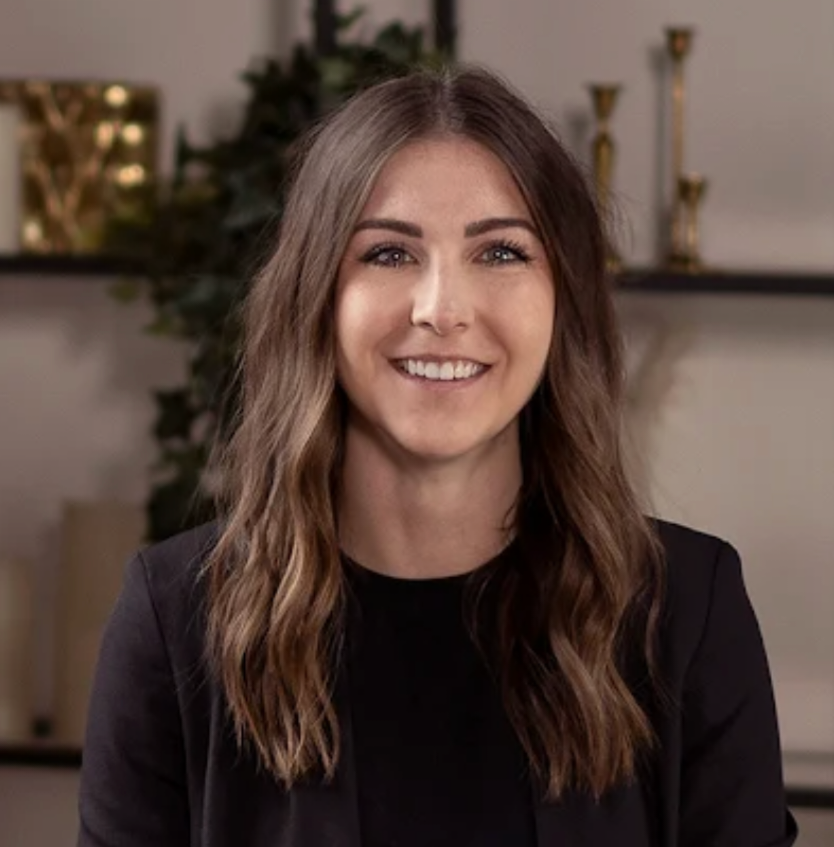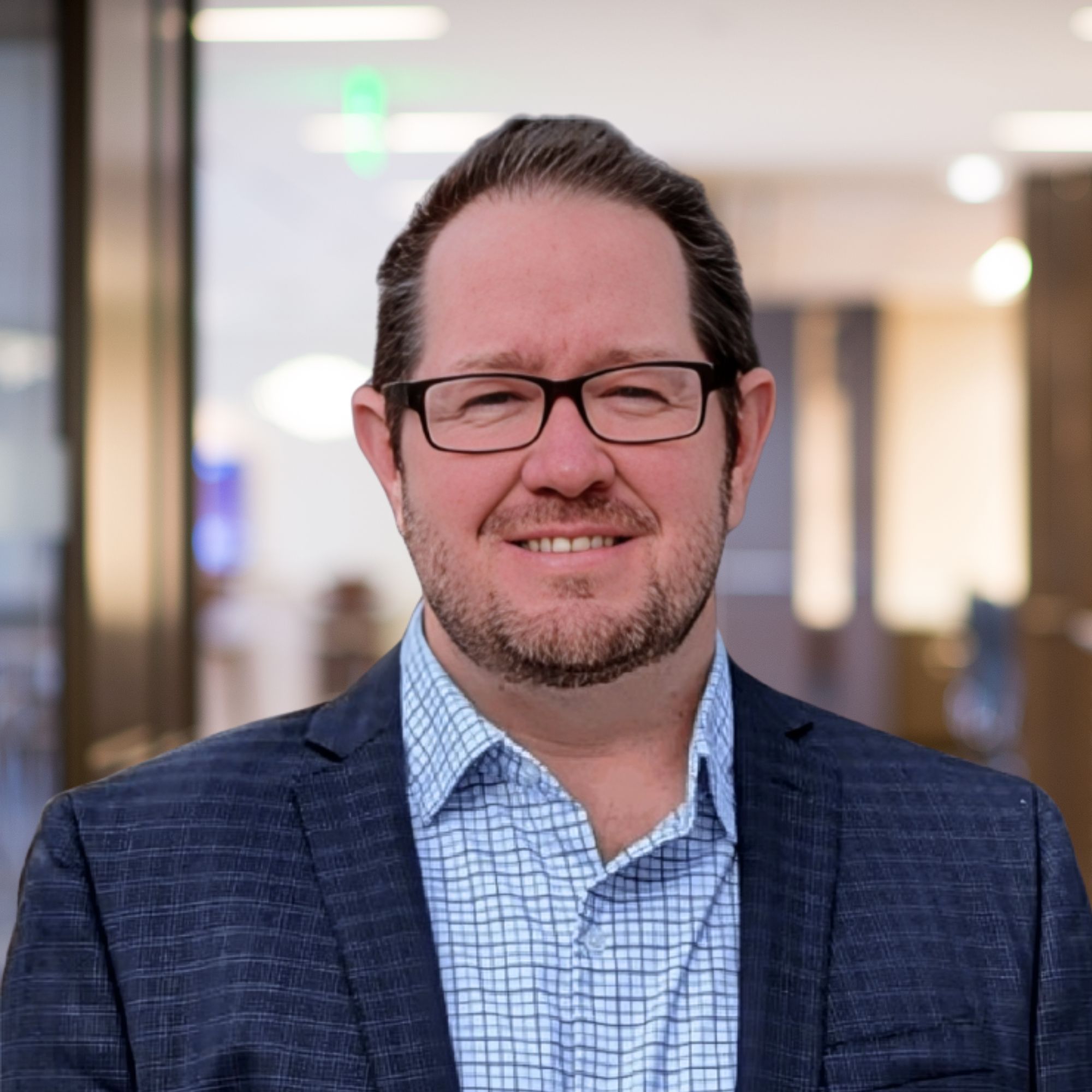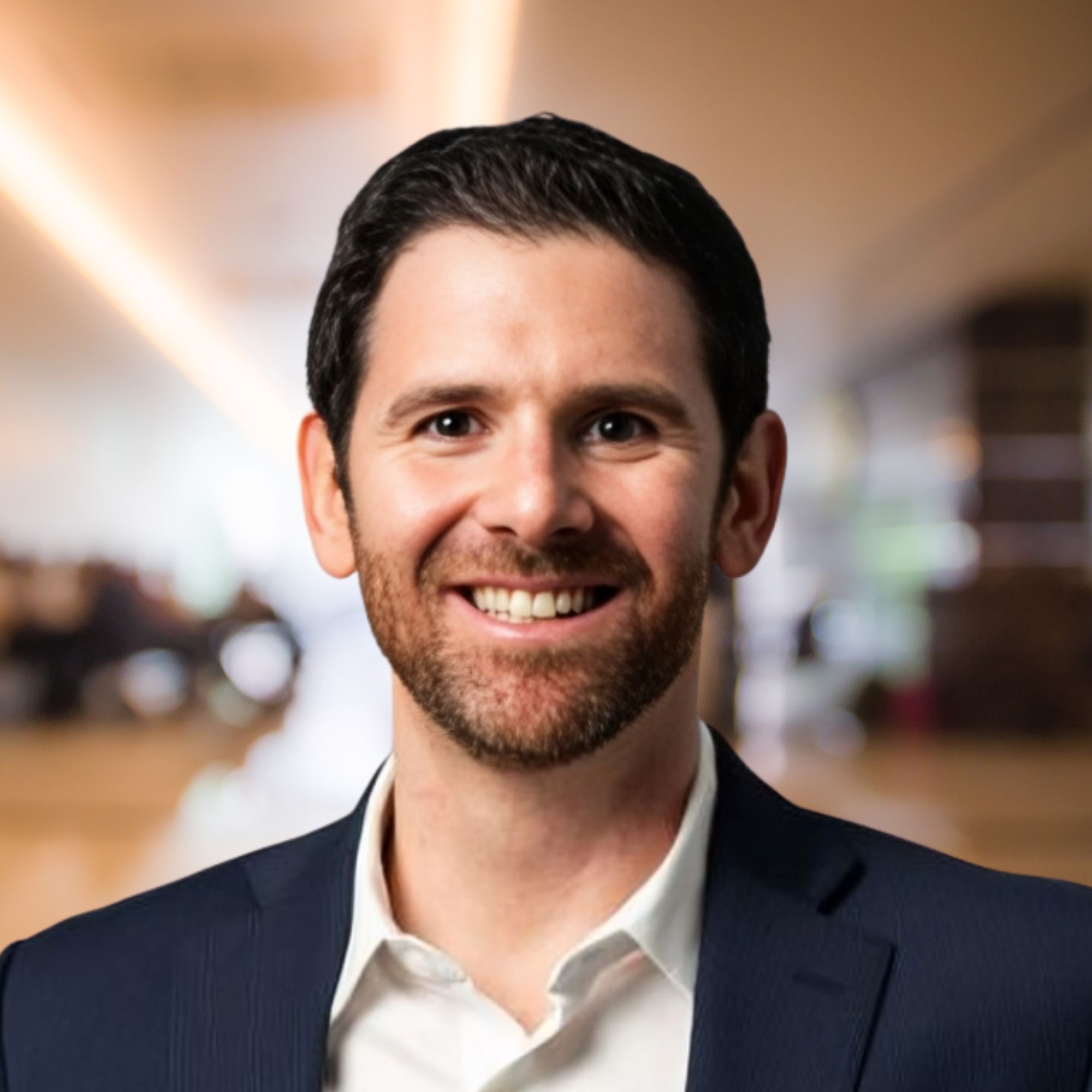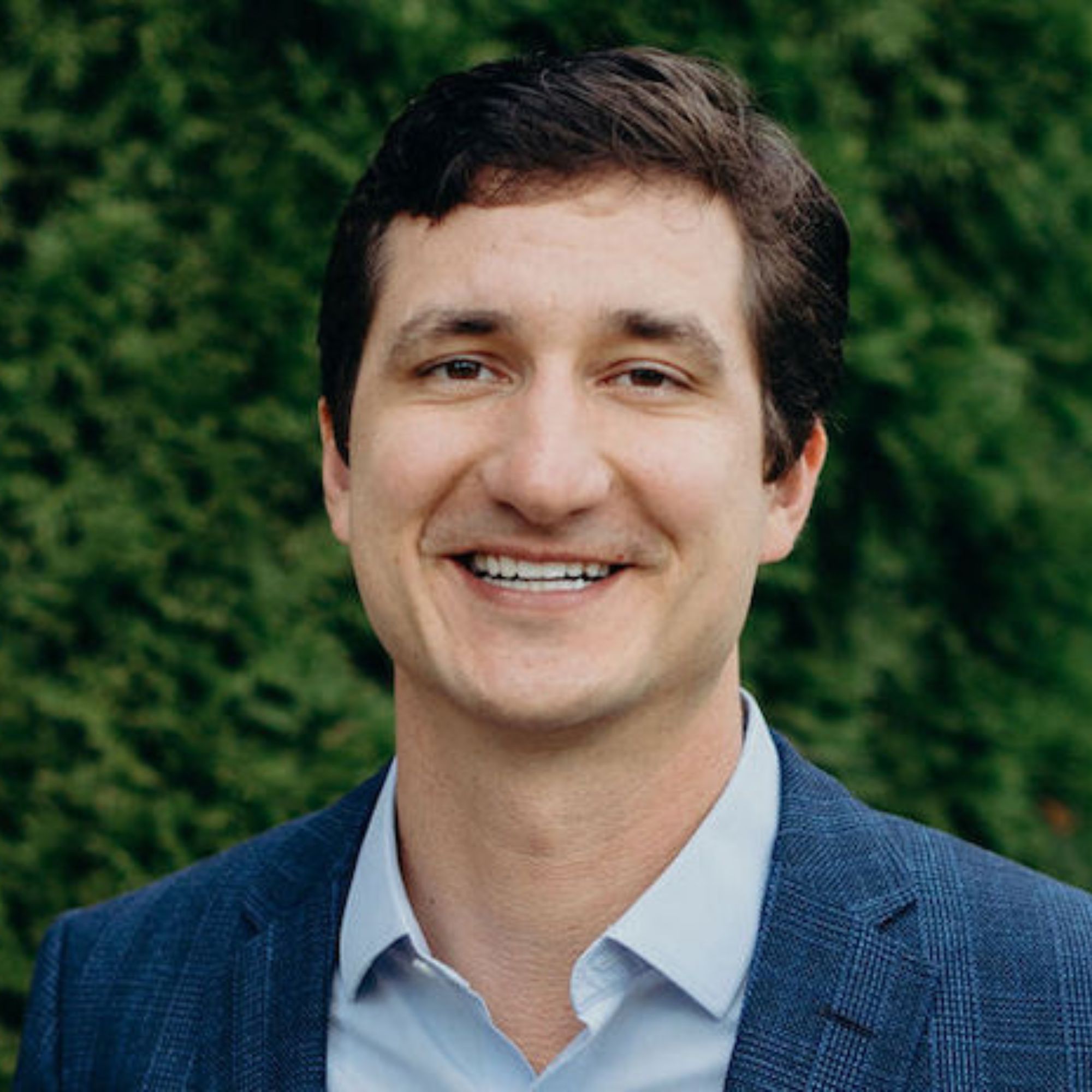Ready to launch your own podcast? Book a strategy call.
Frontlines.io | Where B2B Founders Talk GTM.
Strategic Communications Advisory For Visionary Founders
Conversation
Highlights
Transforming Traditional Industries: How Paintjet’s Strategic Silence on Robotics Led to Market Acceptance
When introducing revolutionary technology into traditional industries, conventional wisdom suggests leading with innovation. But in a recent episode of Category Visionaries, Paintjet‘s founder Nick revealed a counterintuitive go-to-market strategy that helped his robotics company gain traction in the construction industry: they initially avoided mentioning robots altogether.
“We actually started off by specifically not using the term robot in construction. If you say robot, it freaks everyone out,” Nick explains. Instead of leading with technology, Paintjet positioned itself as a solution to immediate business problems – particularly the chronic labor shortage plaguing the construction industry.
This strategic silence wasn’t just about avoiding resistance; it was about meeting customers where they were. “The purchasing departments require three bids. Maybe they can get one, two. So it was really more just to meet their business purchasing requirements,” Nick shares. By positioning themselves as simply another painting contractor – albeit one with some helpful technology – they lowered the barrier to adoption.
The Evolution of Market Acceptance
What’s particularly interesting about Paintjet’s journey is how their messaging evolved alongside their market credibility. As they proved their capability and built trust, they gradually shifted toward emphasizing their technological advantages. “That’s changed over the past year or so, as we’ve continued to improve the technology, as we’ve gained more credibility with our customers,” Nick notes. “Now we really are talking about the robotic system, taking pictures, providing real-time quality control.”
This evolution wasn’t driven by a single catalyst like ChatGPT, but rather by a broader shift in market readiness. As Nick explains, “The reality is most of our customers, they’re not checking in on TechCrunch every day… The buzz around technology has just been consistent over the past three years, and now it’s, ‘Well, I keep on hearing about this so much, maybe we should start looking at this.'”
The Power of Vertical Integration
Perhaps the most compelling aspect of Paintjet’s strategy is their commitment to vertical integration. Rather than simply selling robotics technology, they operate as a full-service painting contractor. Nick emphasizes, “Really, especially in construction, you really do need to be vertically integrated because there’s so much value that you can capture that goes beyond just labor efficiency.”
This approach allows them to capture multiple value streams: “Not only is there labor efficiency, but to your point earlier, there’s lower insurance costs, there’s better material consumption rates… overall, project management is improved, operational complexity is reduced.” These benefits would be impossible to realize by simply selling robots to existing contractors.
The Business Model That Investors Initially Rejected
Paintjet’s vertically integrated approach initially faced resistance from investors who preferred simpler SaaS models. “When we first started, it was no one wanted to invest in what was a technology enabled service company. It’s too complex compared to a SaaS model. Your financials are more complex, harder to read. Scaling isn’t as efficient or as easy,” Nick recalls.
However, their ability to generate cash flow and survive in a challenging environment for robotics companies eventually became a key differentiator. “When you look at a place or a space that has gotten really hammered from an ROI standpoint, and there’s a lot of dead bodies of robotics companies, and you see an alternative where that doesn’t have to be the outcome… there’s a lot of appetite for that,” Nick shares.
Looking Forward: Beyond Painting
While Paintjet’s current focus is on painting, their vision extends much further. “If you actually looked at our legal documents, we are forming technologies and DBA, Paintjet,” Nick reveals. Their expertise in commercializing robotics solutions positions them to expand into adjacent services like drywall finishing, insulation installation, and sanding.
For founders looking to transform traditional industries, Nick emphasizes the importance of solving fundamental problems rather than pushing technology for its own sake. “Number one, make sure that you’re solving the problem in the industry. If you’re looking at doing something marginal, no one’s going to go through the complexity of integrating robotics into their system.”
This focus on solving real problems, combined with a strategic approach to market education and a vertically integrated business model, offers a blueprint for introducing transformative technology into resistant industries. It’s not about having the most advanced technology – it’s about understanding how to make that technology accessible and valuable to the market you serve.
Actionable
Takeaways
Innovate Where There's Stagnation:
Nick identified a significant opportunity in an industry that had seen little innovation over decades. For founders, finding a niche that has resisted modernization can present a unique chance to introduce transformative solutions, particularly through technology.
Leverage Industry Experience for Credibility:
Using his background in the painting industry, Nick was able to understand deeply and address specific pain points, such as labor shortages. This approach can help founders ensure their solutions are finely tuned to the real needs of the industry they are targeting.
Adopt a Customer-Friendly Business Model:
Paintjet's per-square-foot charging model aligns closely with how customers are already used to paying, reducing barriers to adoption. Founders should consider business models that ease the transition to new technologies by mirroring existing financial flows and structures.
Gradual Introduction of Innovations:
Initially avoiding the term "robot" allowed Paintjet to gently introduce their technology without overwhelming potential clients. Founders should strategize the introduction of disruptive technologies in a way that feels less invasive and more beneficial to reluctant markets.
Plan for Vertical Expansion:
Nick's vision for expanding beyond painting into adjacent construction tasks suggests a strategy where founders can plan for growth by leveraging core competencies into broader applications. This approach not only diversifies the business but also enhances its value proposition to existing and new customers.


